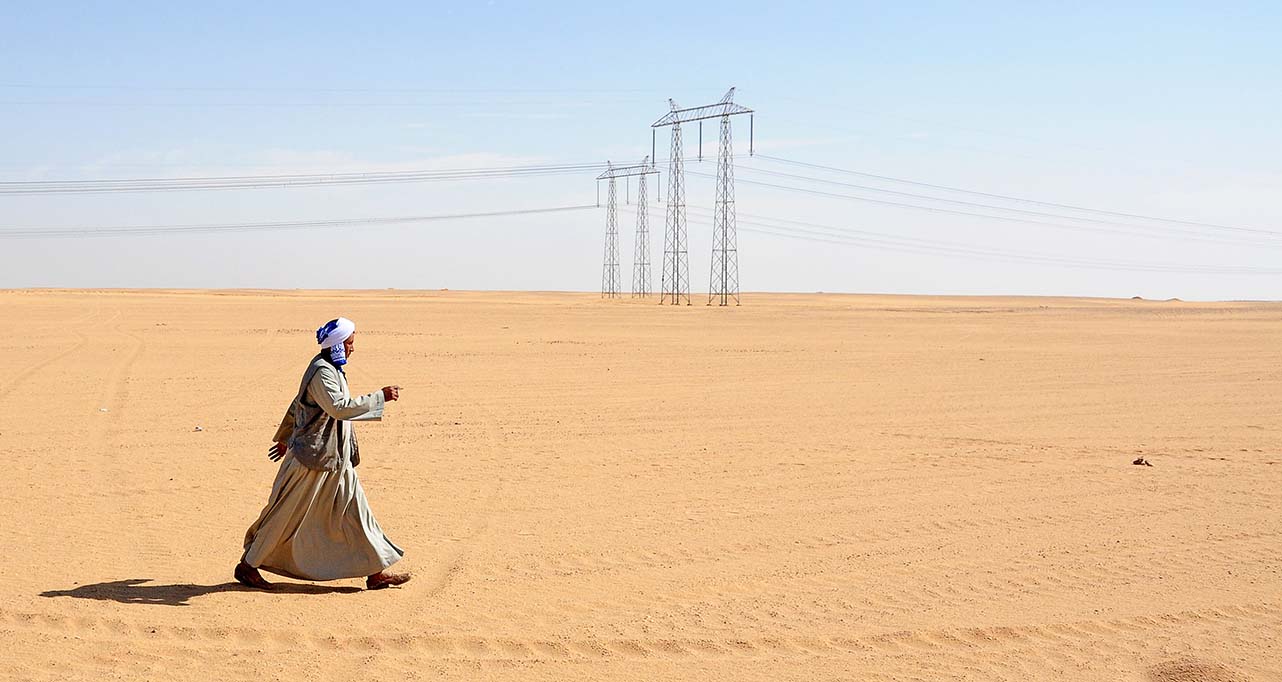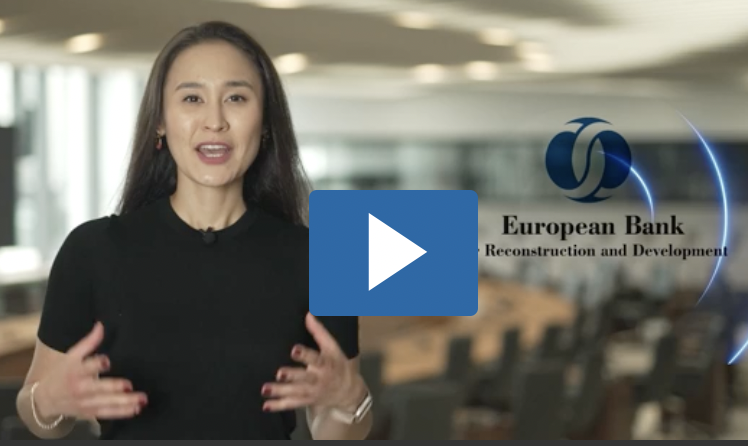June 2023

The EBRD introduced the early transition country (ETC) classification 20 years ago to address the lack of progress in the smaller, poorer countries with the largest transition gaps. Despite this, these gaps persist. There is no clear link between EBRD input and progress.
From 2017 to 2022, the EBRD invested a total of €9.3 billion in ETCs. Of this amount, 70 per cent went to four of the ten ETCs: Uzbekistan, Georgia, Belarus and Moldova. Three other countries received 4 per cent or less of the total EBRD ETC investment:Tajikistan (4 per cent), Kyrgyz Republic (2per cent) and Turkmenistan (1 per cent), although each of these had among the highest number of projects. Just over halfthe investment (56 per cent) was made in the private sector while the remaining 43 per cent was invested in the state sector. Banking (29 per cent), energy (25 per cent) and municipal services (13 per cent) were the top sectors for investment. The highest number of projects were in ICA (51%), followed by FI (45%) and SIG (5%).
Despite the variance in EBRD investment levels by country, a total of 446 investment operations were signed between 2017 and 2022 and these operations were spread fairly evenly across ETCs. Of these 44operations or 10 per cent were in Tajikistan; 54 operations or 12 per cent were in the Kyrgyz Republic, and 30 operations or 7 per cent were in Turkmenistan even though it had the smallest investment volumes.
The ETC approach has produced mixed results since 2017. Some countries have received more support through EBRD activities whilst others appear to be left behind because of specific reform barriers.
The EBRD depends on donor resources to work in ETCs which is mainly sourced from the SSF and the EU alongside bilateral support and is channelled through broader thematic funds. While funding has been sufficient to maintain existing EBRD programmes, the evaluation could not assess whether the volume of donor funding by country is meeting the largest gaps, nor the risks of funding drops to the EBRD programmes in specific ETCs due to a lack of full reporting by country.
As EBRD plans to begin operations in sub-Saharan Africa and Iraq, it can glean insights from this thorough evaluation of its approach to supporting ETCs. Six messages have emerged from the evaluation.



